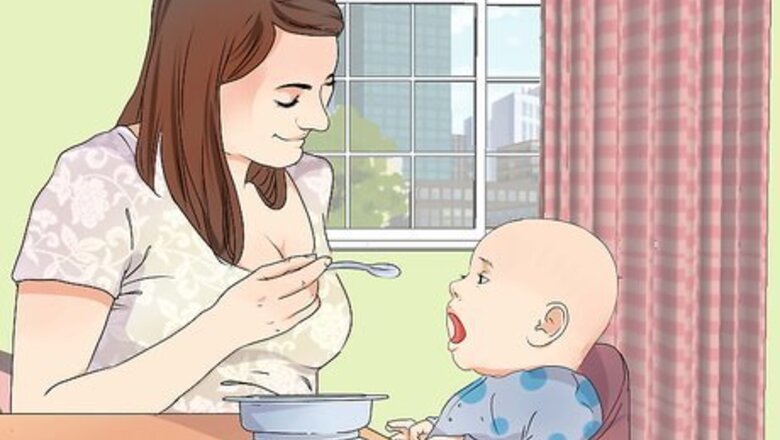
views
Putting Baby to Sleep
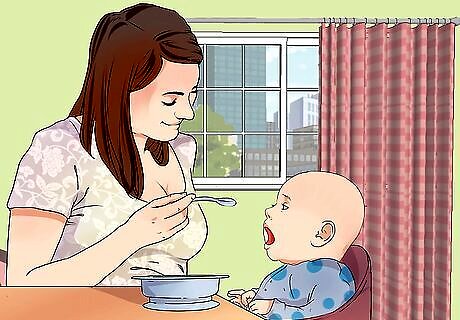
Feed your baby. Hunger can make it hard for your baby to fall asleep, so feeding your baby near bedtime may help him fall asleep. Try feeding your baby about a half hour before you lay him down. Do not let your baby to have a bottle in bed because this can cause the bottle to become a security item and make it hard for your baby to sleep without it. It can also increase your child's risk of dental problems, including cavities.
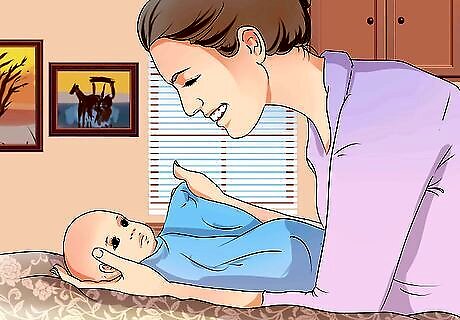
Swaddle your baby. Swaddled babies tend to sleep better and longer, so swaddling is a great idea if your baby is having trouble sleeping on her back. To swaddle your baby, you will need a lightweight cotton blanket. First, lay out the blanket and fold over one of the corners. Then, lay your baby down so that her head is resting on the folded corner. Next, fold over one edge of the blanket and tuck it under your baby’s arm on the opposite side. Repeat this process on the other side. Then, take the bottom edge of the diamond and tuck it under the blanket at the baby’s shoulder. Once your baby is able to roll over, stop swaddling them.
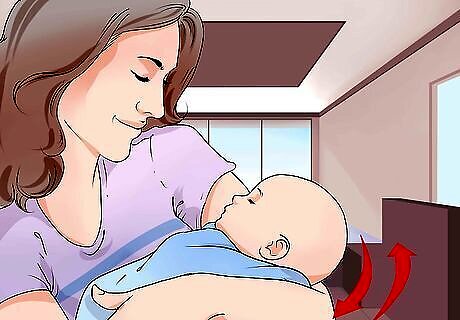
Rock your baby. Rocking your baby in your arms may help to make him feel drowsy and make back-sleeping easier. Try standing or walking around your baby’s room and rock your baby in your arms as you do so. If you have a rocking chair or glider, then you may also rock your baby while sitting down.
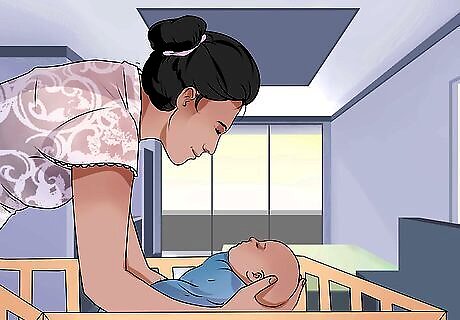
Place your baby on the sleep surface. Watch your baby to see when she seems like she is about to fall asleep (drooping eyelids, yawning, etc.). This is the best time to place her in her crib or bassinet. Try not to let your baby fall asleep in your arms or this may become a habit. It is better to lay her down when she is drowsy, but still awake.
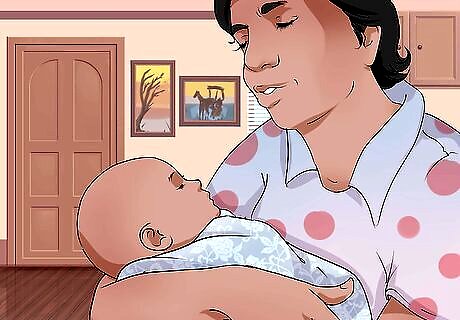
Shush your baby if he is fussy. Shushing may help to soothe your baby right after you lay him down in the crib. Shushing is similar to white noise, which is a helpful sleep aid for some people. If shushing does not seem to work or if you can’t keep it up for very long, then you might try playing some ocean wave sounds or running a fan. You can also try playing some soothing music for your baby. Playing some classical, new age, or jazz music may help your baby calm down and fall asleep.

Keep your hand on baby’s tummy for a few minutes. Even if your baby seems to be asleep, you should stay by her crib with your hand on her tummy for a few minutes. This will help to comfort her and ensure that she is asleep before you leave the room. After a few minutes, you can gently remove your hand and quietly exit the room.
Adjusting Your Baby’s Sleep Position
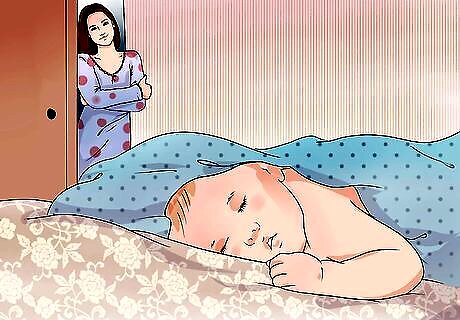
Check on your baby now and then. Although it might be difficult, you may need to check on your baby often for the first few nights to make sure that he stays on his back and does not roll over. If you notice your baby moving onto his side, then you can gently turn him onto his back again.

Extend your baby’s arms. Extending your baby’s arms may also help to keep her in position. Some babies will stay on their backs if you extend their arms out to both sides. Try gently extending your baby’s arms when you lay her down to sleep.
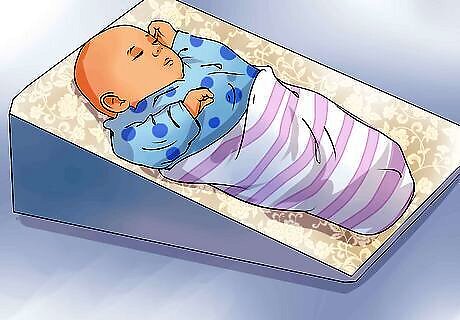
Consider using a reflux wedge. A reflux wedge will raise your baby’s upper body, which may make him feel more comfortable. A reflux wedge may be especially helpful if your baby dislikes back sleeping due to acid reflux or GERD. You can find a reflux wedge for your baby in most large department stores. To use a reflux wedge, place it under your baby’s back before you lay him down for a nap or for bedtime. Make sure that your baby is centered on the wedge.

Get a baby hammock. You may also want to try placing your baby in a baby hammock instead of a crib. A baby hammock will keep your baby in a slightly upright position and prevent your baby from rolling onto her side or stomach. These may also be especially helpful for babies with GERD.
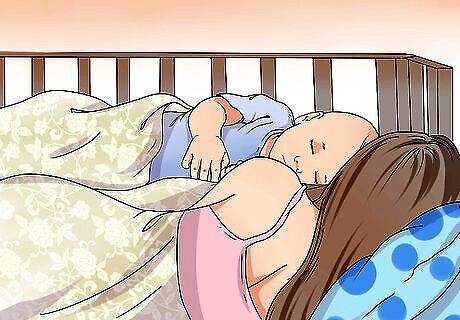
Try a co-sleeper. Co-sleepers are bassinets that attach to the parent's bed. They make it easy to have your baby close to you without the danger of rolling onto your baby in the night. Co-sleepers also provide an easy way for you to check on your baby and reposition him as needed. For example, if your baby moves onto his side, then you can gently move him so that he is on his back.

Elevate the head of your baby’s crib. Elevating the head of your baby’s crib is another good way to make her feel more comfortable while sleeping on her back. Purchase special blocks specifically for this purpose. Place the blocks under the feet at the head of your baby’s crib to elevate the head of the crib by about 15 to 30 degrees.
Creating a Safe, Comfortable Sleep Environment
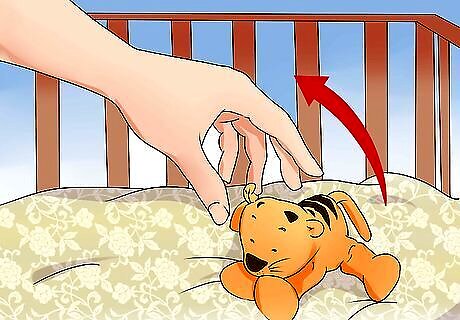
Remove unsafe items from your baby’s crib. Back sleeping is safer for your baby, but there may be other hazards in your baby’s crib that you will want to remove before you lay her down. Remove any soft, fluffy toys, pillows, or other objects in the crib. When using a blanket, make sure that all of the edges of the blanket are tucked under the mattress. Other things to remove from the crib include: Ties Bands Headbands Toys Rings Decorations Any objects that may get tangled around your baby and/or pose a choking hazard

Provide a soothing musical mobile. A musical mobile may help to make your baby more interested in staying on his back and help to soothe him to sleep as well. Find a musical mobile that plays music and has some interesting objects or lights for him to look at as well. This should help to soothe your baby so that he will fall asleep on his back.
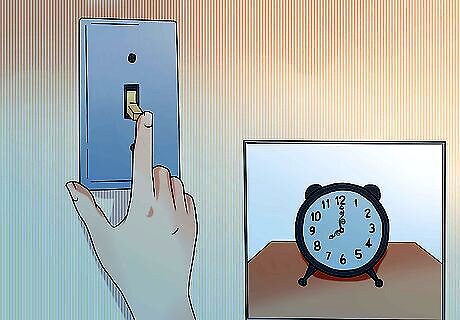
Turn the lights down low before bedtime. Dimming the lights can help to calm your baby and may make it easier for her to fall asleep on her back. Darkness is ideal, but you can turn on a night light or a small table lamp that is placed on the opposite side of your baby’s room. Make sure that there are no TV or computer screens on in your baby’s room. These screens produce “blue” light that interferes with sleep.
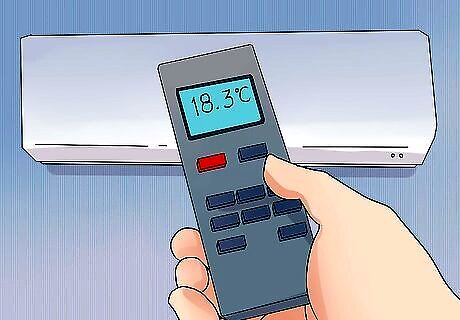
Lower or raise the temperature. A temperature of about 65°C (18.3°C) is ideal for sleeping. Check the thermostat in your house and try adjusting it to about 65°F (18.3°C). This temperature may help to create a better environment for your baby to fall asleep even if the position is bothering him. Make sure that there are no drafts that might make your baby too cold.














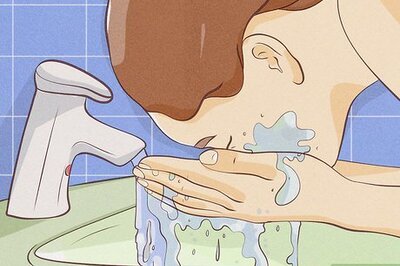


Comments
0 comment